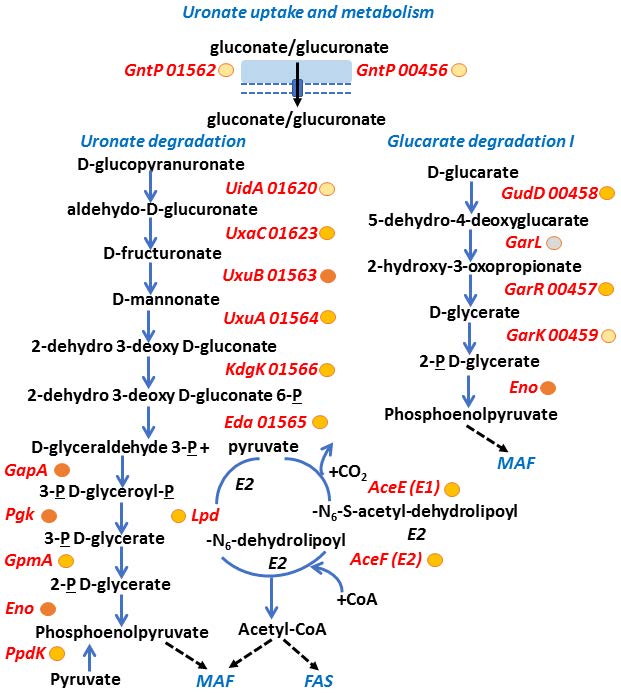Actinobaculum massiliense, a Gram-positive anaerobic coccoid rod colonizing the human urinary tract, belongs to the taxonomic class of Actinobacteria. We identified A. massiliense as a cohabitant of urethral catheter biofilms (CB). The CBs also harbored common uropathogens such as Proteus mirabilis and Aerococcus urinae, supporting the notion that A. massiliense is adapted to a life style in polymicrobial biofilms. We isolated a strain from an agar colony derived from a clinical sample. Using 16S rRNA gene sequencing and shotgun proteomics, we identified and characterized A. massiliense, comparing the isolate grown in vitro and four clinical ‘in vivo’ samples. Based on abundances of proteins in the in vivo milieu, we assessed their functions related to nutrient import and responses to hostile host conditions characterized by neutrophil infiltration. Two putative subtilisin-like proteases and a heme/oligopeptide transporter were highly expressed in vivo and are perhaps important for survival in the host milieu. The uptake of xylose/glucuronate and oligopeptides apparently enables feeding metabolites into mixed acid fermentation and peptidolysis pathways, respectively, to generate energy. A putative polyketide synthase which may generate a secondary metabolite interacting with either the host or co-colonizing microbes was identified. The enzyme may contribute to A. massiliense persistence in CBs.

